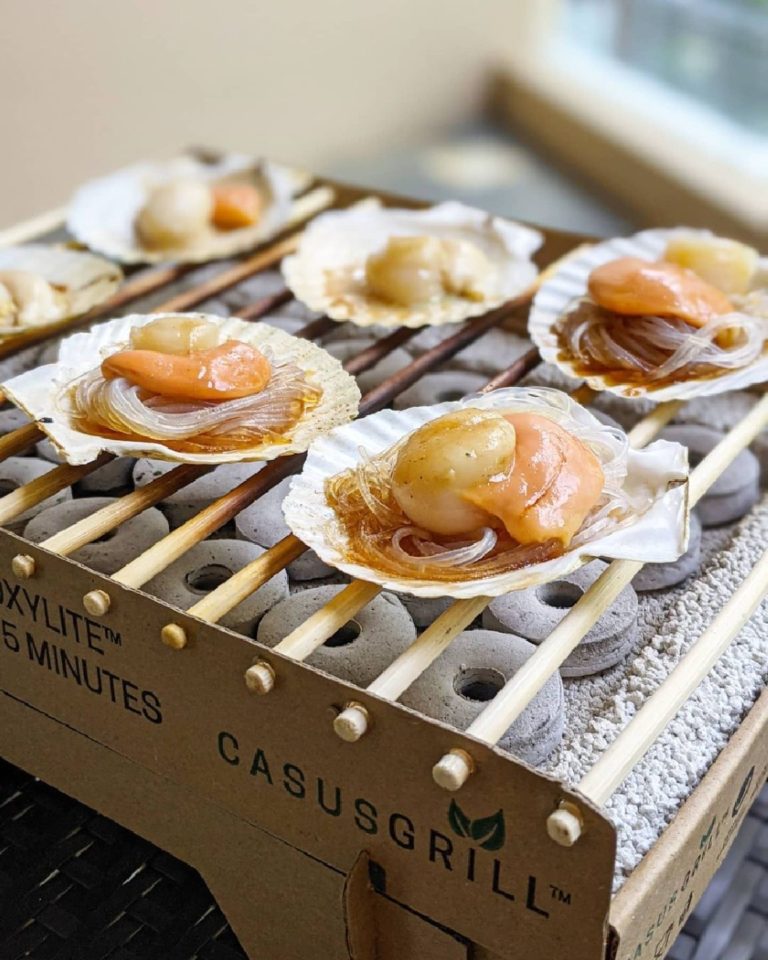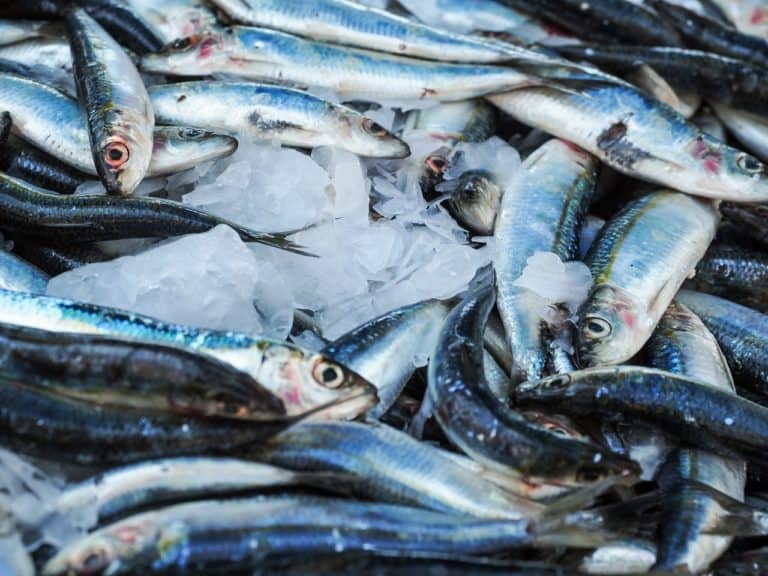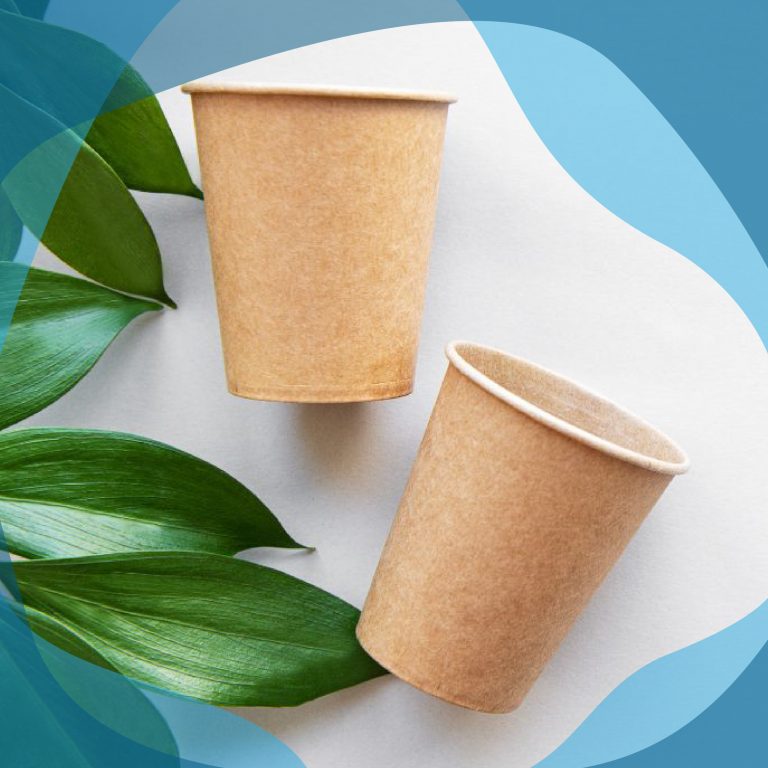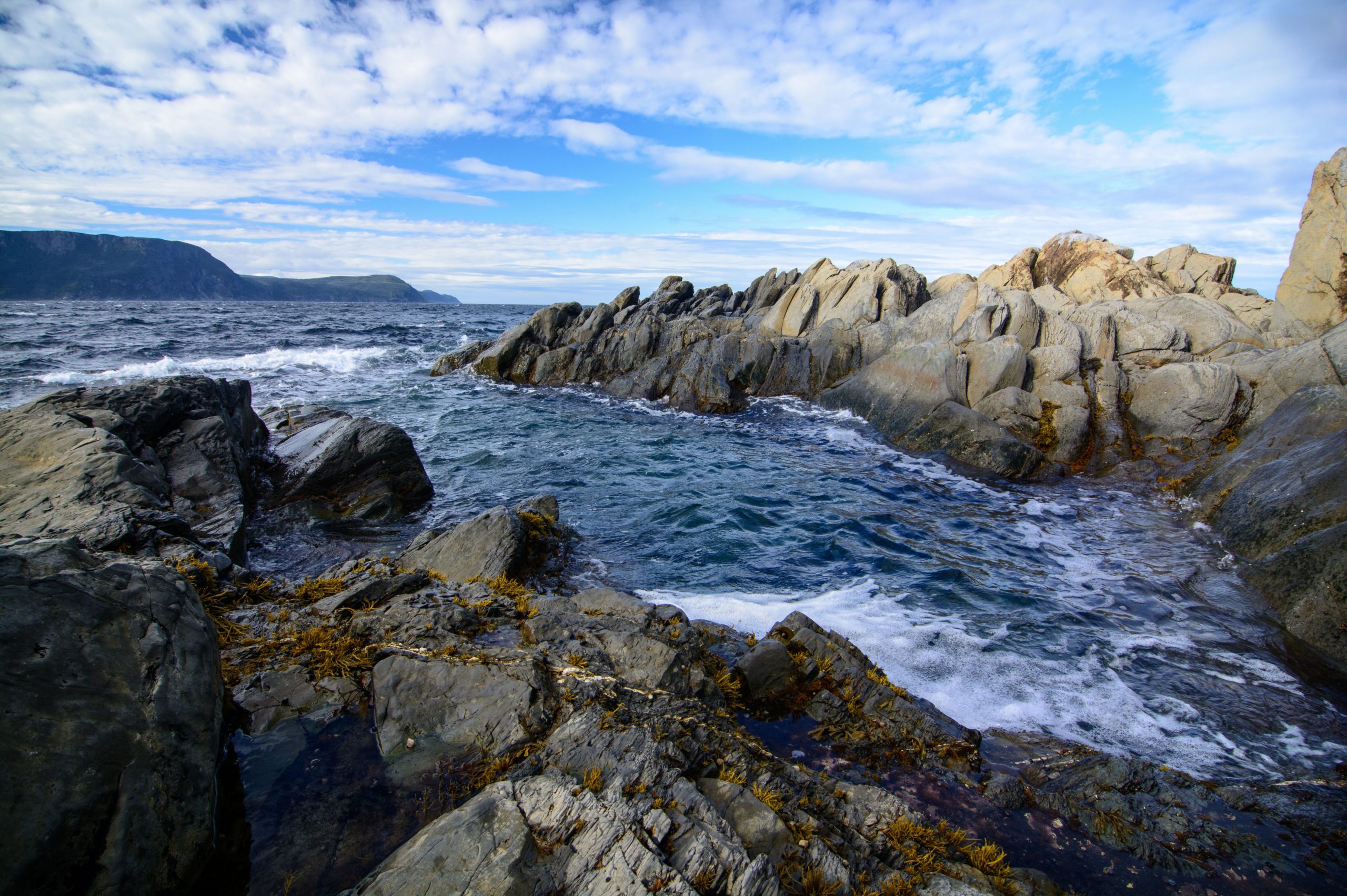
Inside the Bluehouse: The Sustainable Secrets of Atlantic Sapphire
When it comes to seafood production, transparency is essential for evaluating the sustainability of a product. And with complete traceability from egg to plate, Atlantic Sapphire is making waves in the world of sustainable aquaculture.
As North America’s largest recirculating aquaculture facility and an Ocean Wise Seafood partner, this major player in our seafood industry has even loftier sustainability goals. Driven by their mission of preserving the environment while feeding the world, they are transforming protein production through technology and innovation – like their Bluehouse.
The Bluehouse, which uses recirculating aquaculture technology invented by Atlantic Sapphire, operates just like a greenhouse – but for seafood! Just as a greenhouse provides plants with an ideal space to thrive, the Bluehouse does the same for its fish – allowing salmon to be reared and harvested 100% on land.
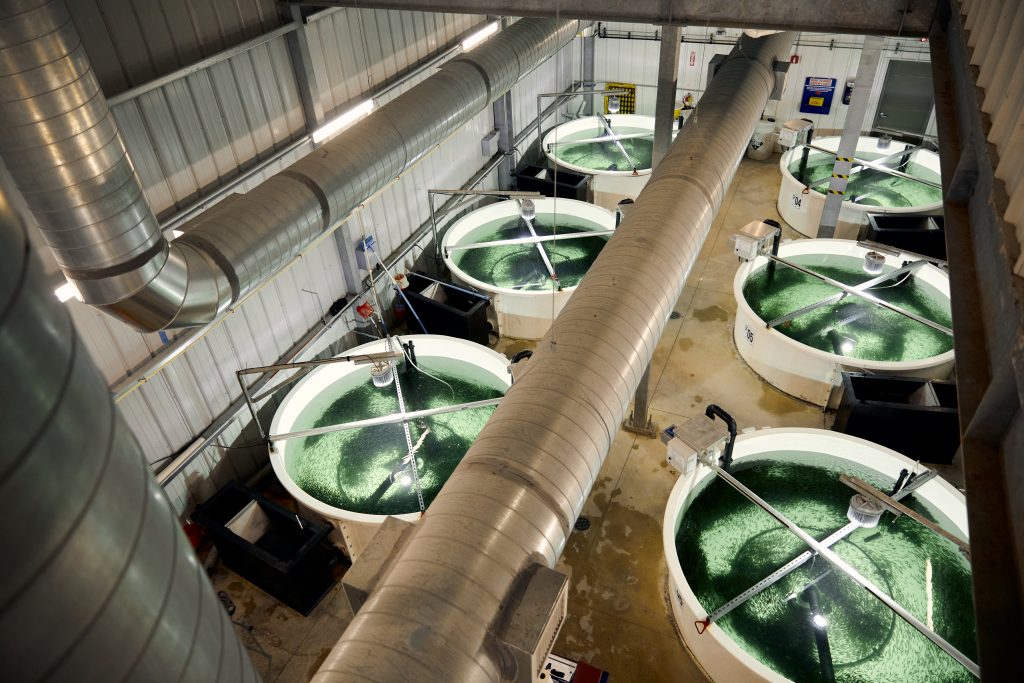
What is Recirculating Aquaculture?
To talk about the work Atlantic Sapphire is doing, we first have to answer the question – what are recirculating aquaculture systems (or RAS)?
RAS are aquaculture facilities that allow for land-based fish rearing in a controlled environment where water is recirculated and reused. These land-based aquaculture facilities have the potential to solve many issues present in traditional farming, with the Bluehouse taking this solution-based approach to another level.
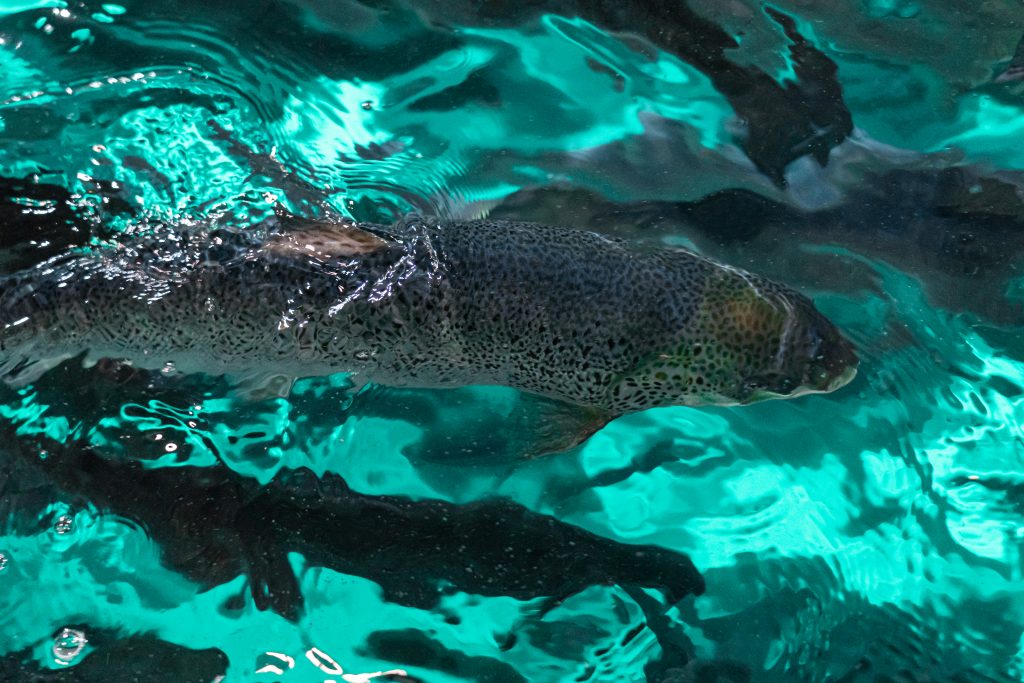
What Impact Do Bluehouse Salmon Have on Wild Stocks?
One frequent topic of conversation when discussing aquaculture, or farmed seafood is – what’s the environmental impact and how does it impact wild stocks? Especially when the species in question is salmon!
Because of its land-based capabilities, recirculating aquaculture has the potential to mitigate common environmental concerns for both unsustainable forms of farming and wild-capture fisheries. Atlantic Sapphire sources their salmon eggs from Iceland and raises them in the Bluehouse. Without the use of ocean net pens, there is zero interaction between the Bluehouse Salmon and wild-populations – which means there’s zero escapes or disease spread to wild species.

Does The Bluehouse Use a Lot of Water?
All water used in the Bluehouse comes from an underground saline water source and is naturally purified by limestone rock before entering the RAS facility. All discharged water is passed through a purification and filtration process before being released into an underground area classified for wastewater disposal, called the boulder zone. But, because less than 1% of the water used by the Bluehouse is discharged, they have low water waste and minimal impact on coastal areas. Responsibly managed water sources and water discharge are essential for ensuring a truly sustainable land-based solution.
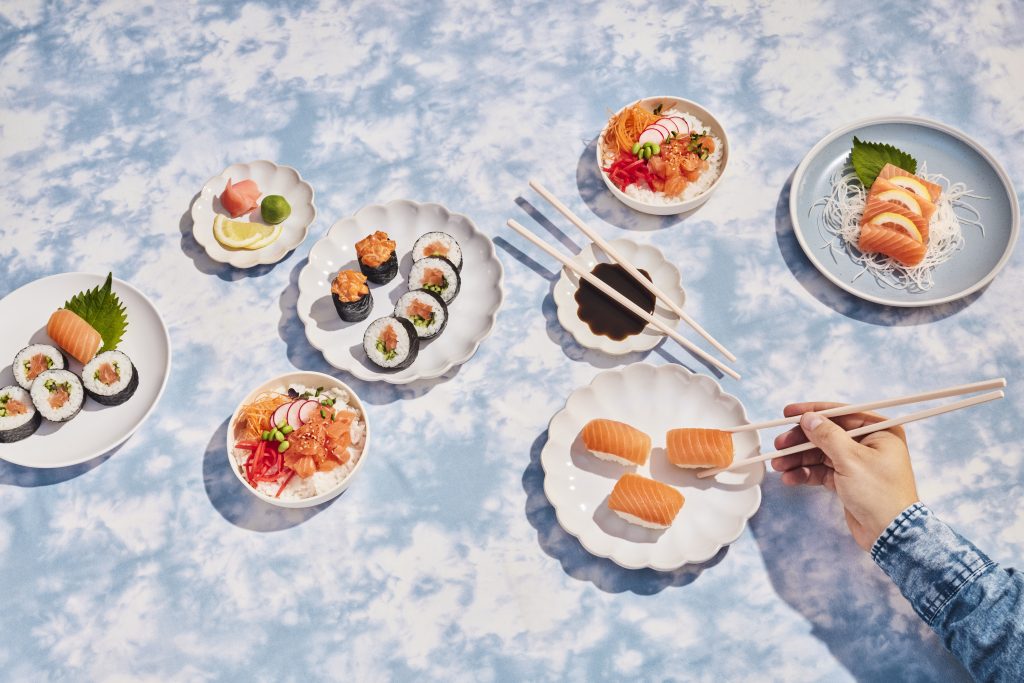
In What Other Ways is Bluehouse Salmon Sustainable?
Like all good sustainability plans, Atlantic Sapphire considers more than just how their fish are raised when assessing their own sustainability. This is best demonstrated by a quote from their head of marketing, Max Francia – “our fish don’t fly.”
Now, their salmon might taste magical, but they haven’t sprouted wings! What Max really means is Atlantic Sapphire distributes their salmon without using any air freight. By cutting out this emission heavy mode of transportation, they are reducing the carbon footprint of their operation even further.

Salmon continues to be an increasingly popular seafood, and recirculating aquaculture is a great way to ensure people continue to have access to this protein source, while avoiding overfishing and negatively affecting coastal areas.
Check out the Bluehouse Salmon website for where to find Bluehouse Salmon, along with some amazing recipe suggestions!
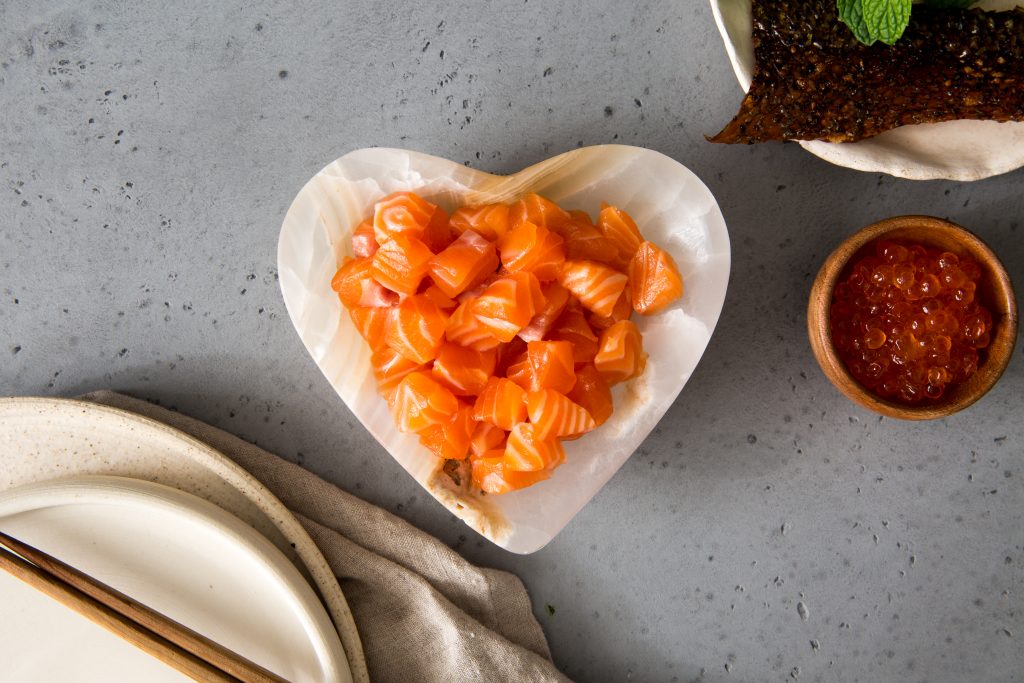
Posted July 12, 2023 by Kim Bricker

